Reasons for unhealthy nails
- Improper care of fingernails and toenails;
- Failure to comply with hygiene rules;
- Whether there are infectious or parasitic diseases in the body;
- Injuried;
- the regular damaging effects of harmful substances;
- Congenital anomalies that only become apparent over time;
- Organ system diseases - cardiovascular, neurological, endocrine;
- Development of low-mass tumors.
disease description
Hippocratic nails
- emphysema;
- tuberculosis;
- Long-term endogenous poisoning;
- cardiovascular system diseases;
- Cancer, especially lung cancer.
Onychomycosis
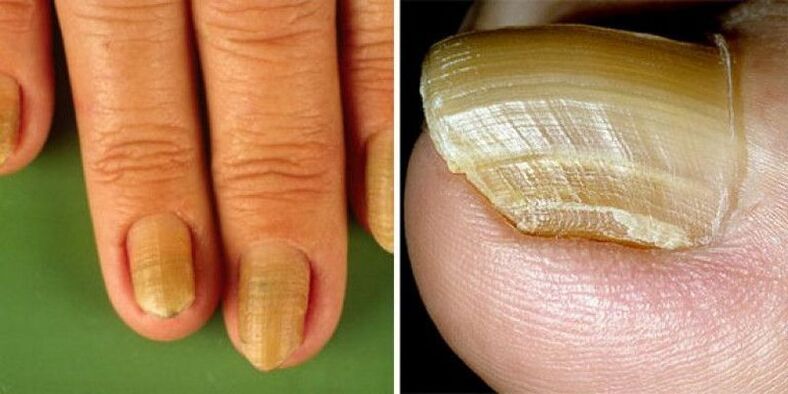
Onychomycosis

onehawks
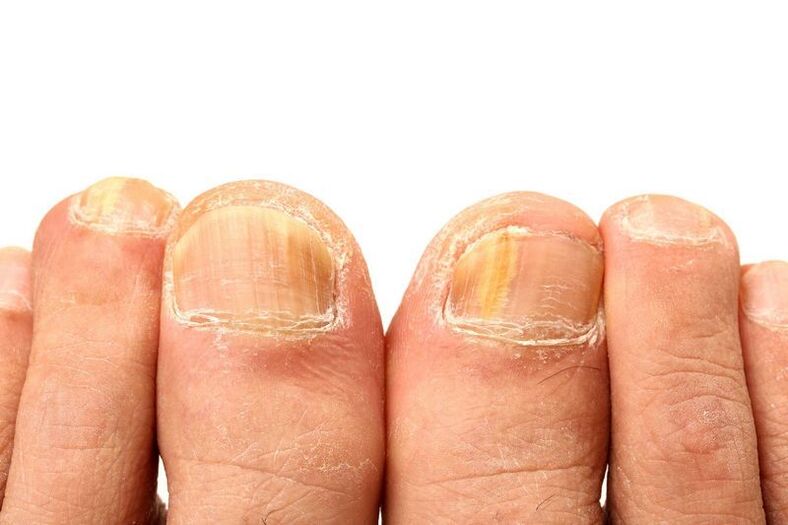
- diabetes;
- Varicose veins;
- Atherosclerosis of blood vessels in the lower extremities;
- Elephant disease.
hypothyroidism
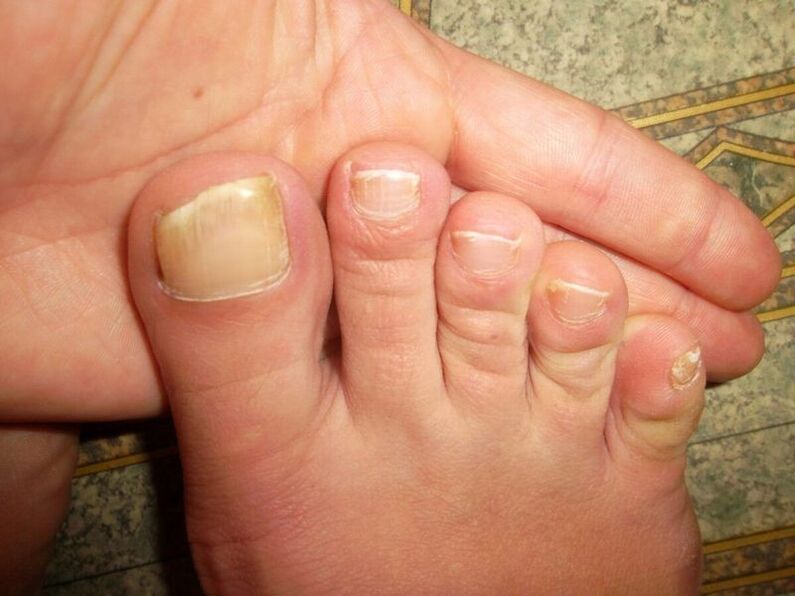
Beau transverse groove (Beau-Reil line)
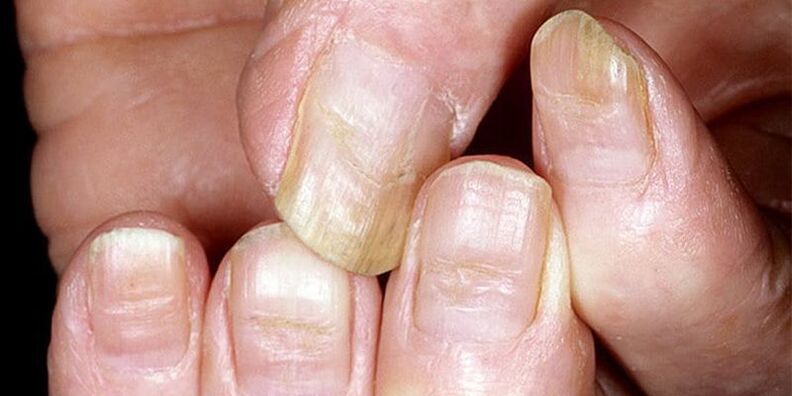
Longitudinal furrow
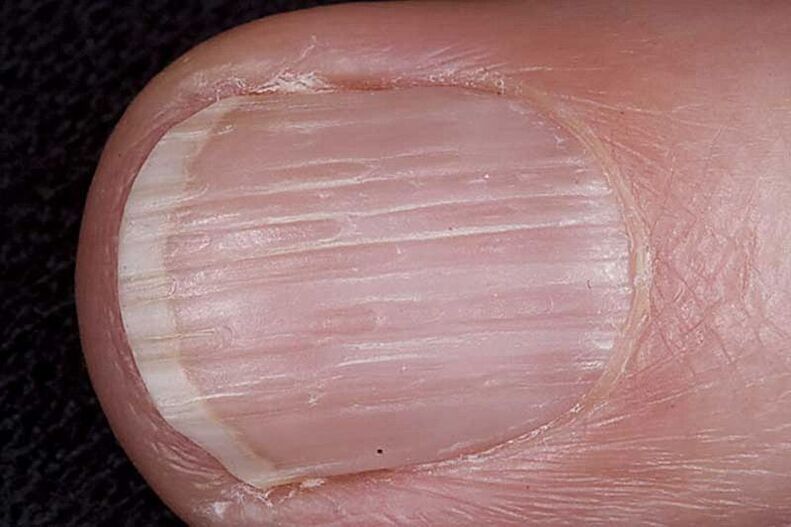
- age-related changes;
- Nervous system disease;
- psoriasis;
- Spinal cord injury;
- gout;
- Intestinal or pancreatic function defects;
- Rheumatoid Arthritis;
- Lichen planus;
- cardiovascular system diseases;
- Damage to the base of the nail plate;
- Lack of iron and vitamin B12.
leukonychia
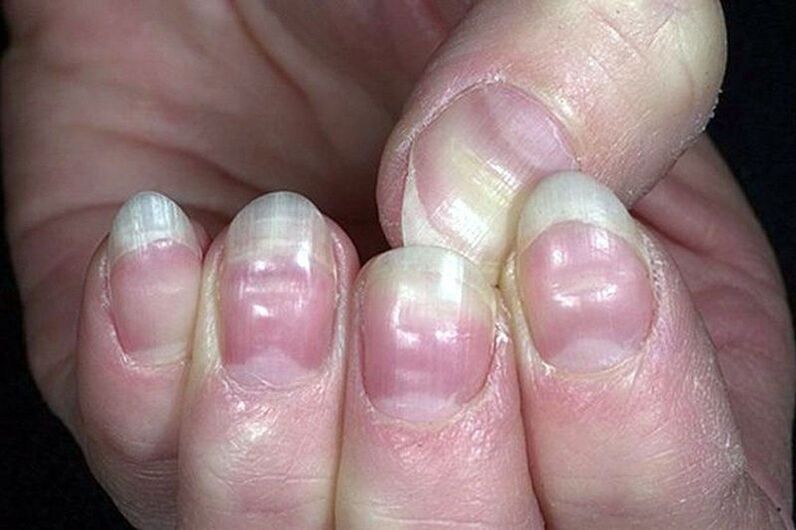
- protein deficiency;
- Lack of vitamins (especially C, E, A) and trace elements (calcium, zinc, iron);
- bacteria;
- Disturbances in metabolic processes in the body;
- Overload of the nervous system: stress, depression, anxiety;
- intestinal problems;
- Frequent exposure to household chemicals, low-quality varnish;
- cardiovascular system diseases;
- kidney disease;
- skin disease.
Nail malnutrition
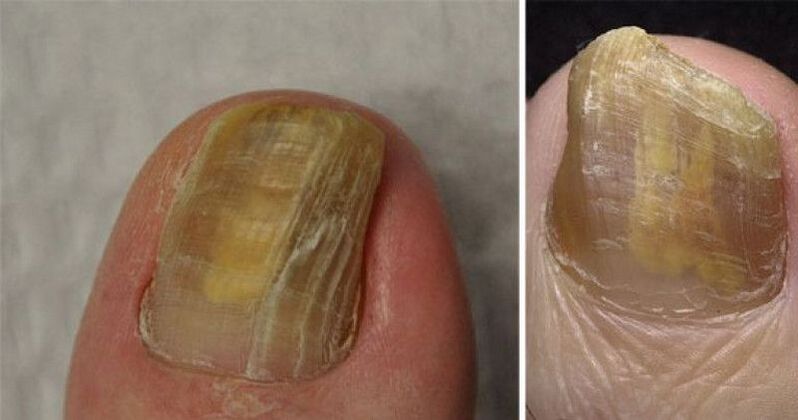
- fungal diseases;
- Injuried;
- Skin diseases (psoriasis, eczema, lichen planus);
- Vitamin deficiency;
- Chronic diseases of the endocrine system;
- heart and lung problems;
- Interaction with bases, acids, chemicals with unprotected hands.
Onycholysis
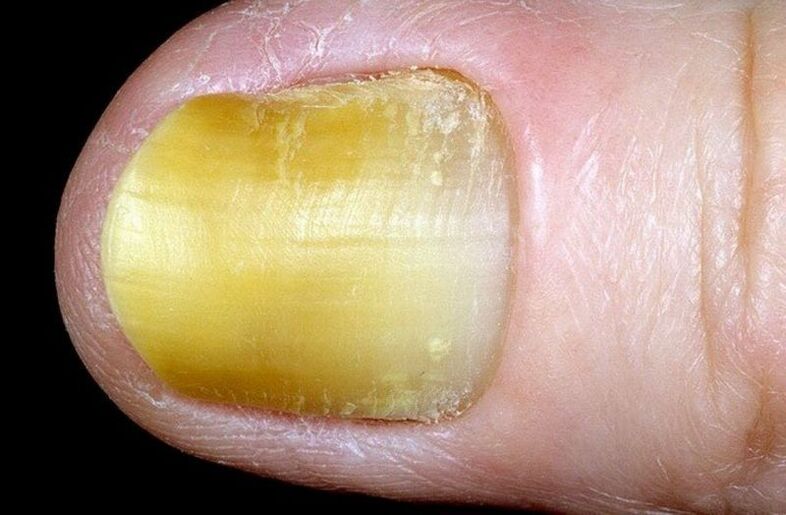
- fungal and bacterial infections;
- skin disease;
- taking antibiotics;
- Dysbiosis;
- Injuried;
- exposure to allergens;
- some chronic diseases.
Nail inlay

Nail crack
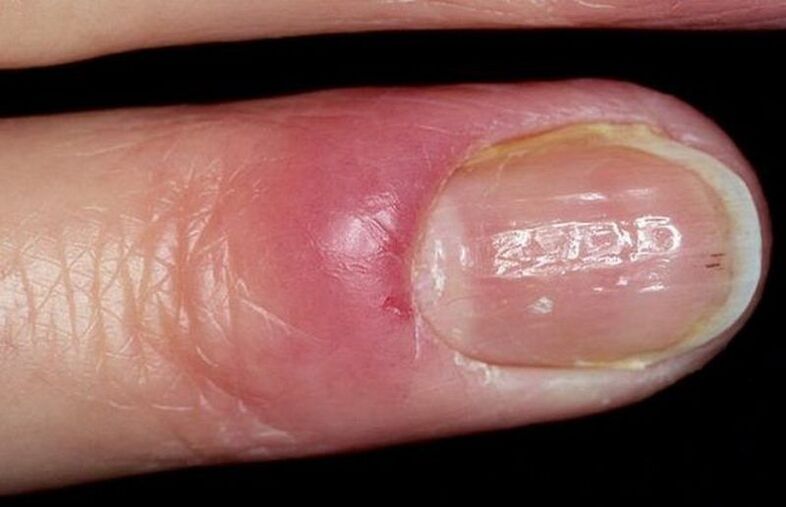
Anoonychia
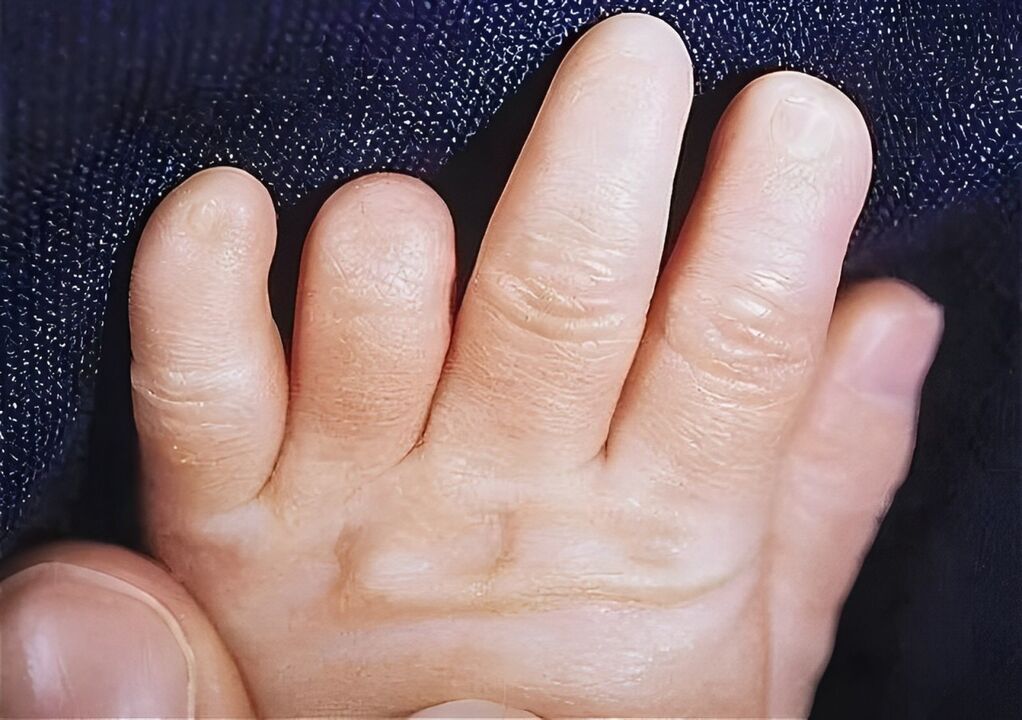
open beetle
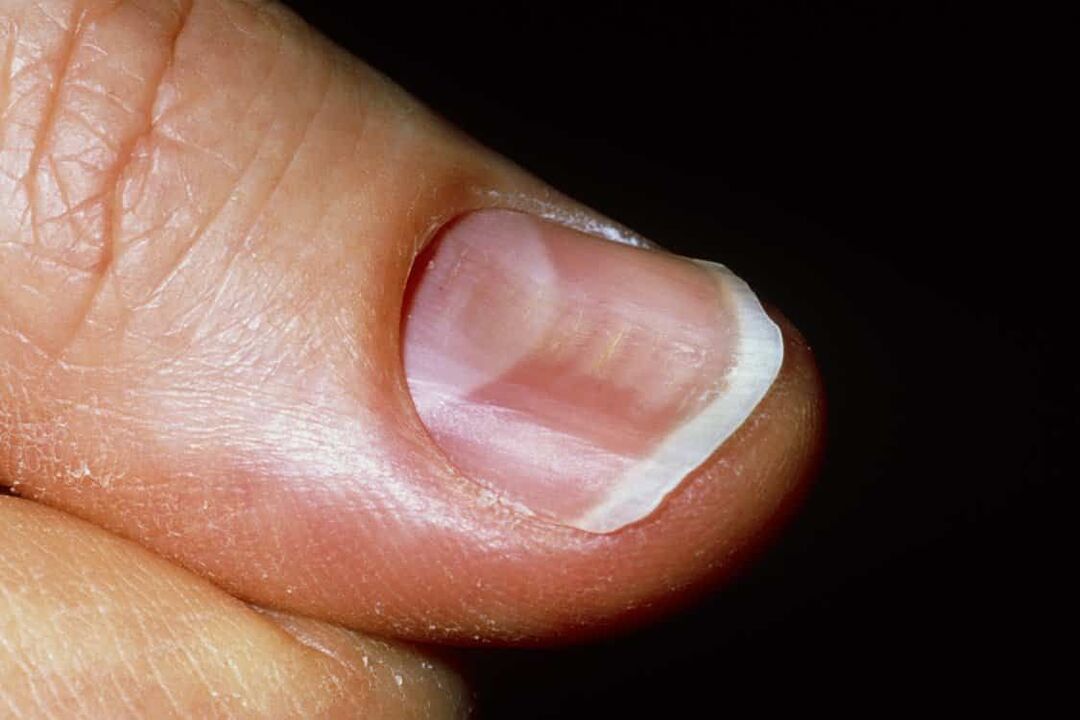
- genetics;
- anemia;
- the ongoing damaging effects of acetone or household chemicals;
- some infections;
- Manicure not done correctly.
Xiaojia

- Progressive scleroderma;
- Trenone syndrome;
- Flat hemangioma;
- true epilepsy;
- Hand malnutrition.
nail cleavage
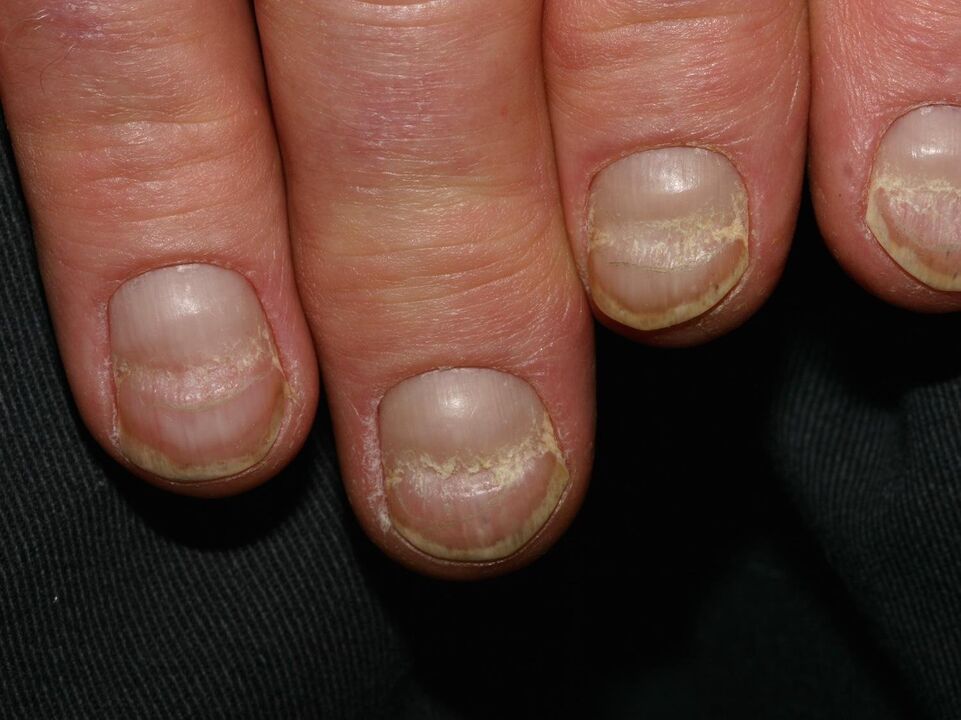
Onychomycosis

Mephalosaurus
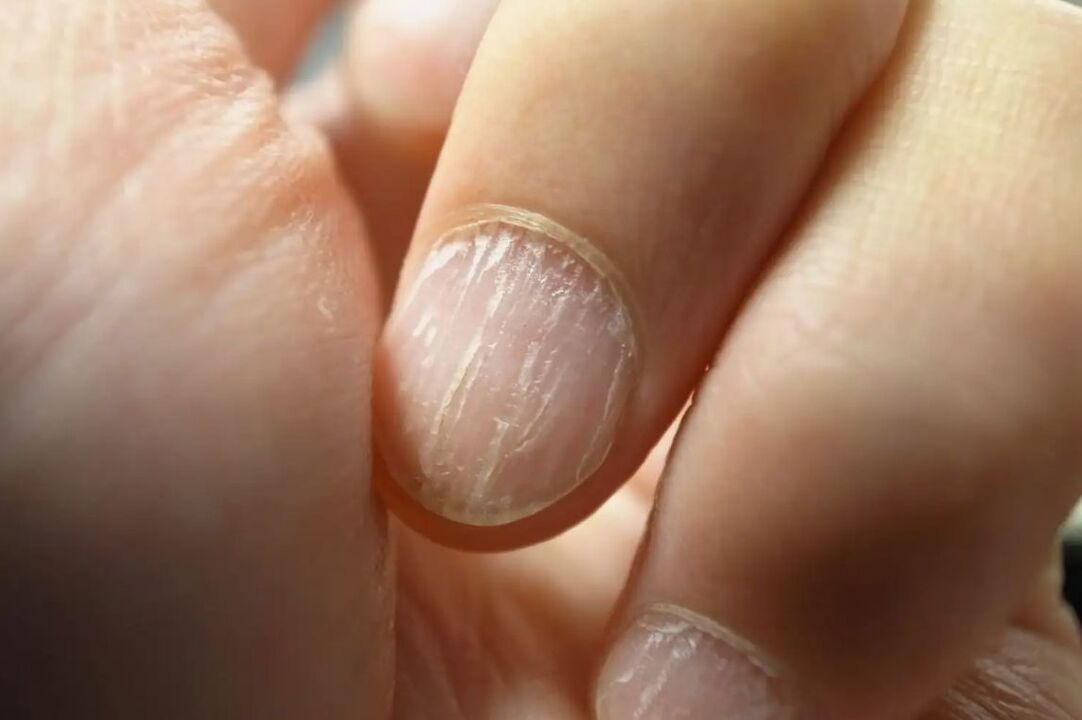
Platonia
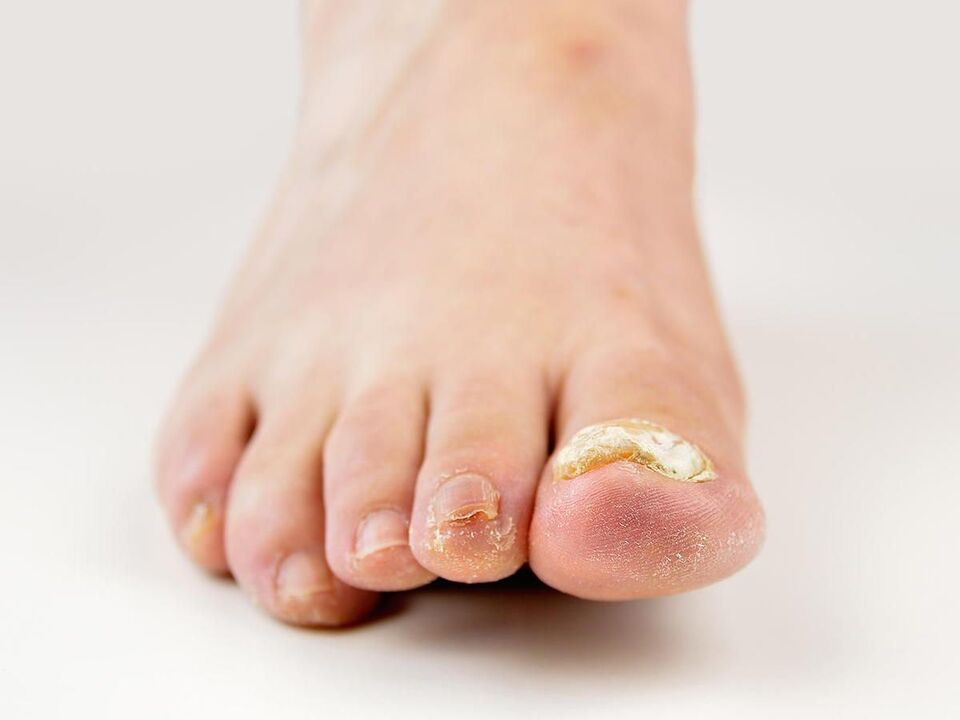
prevention
- You can't bite your nails.
- File your nails with a glass or cardboard file.
- Manicures should be performed on steamed hands, which reduces the risk of microtrauma and therefore the risk of wound infection.
- If you use the services of a salon for nail care, make sure the technician sterilizes tools before use.
- Dry hands and feet.
- Your diet should include enough foods containing vitamins and minerals.




























